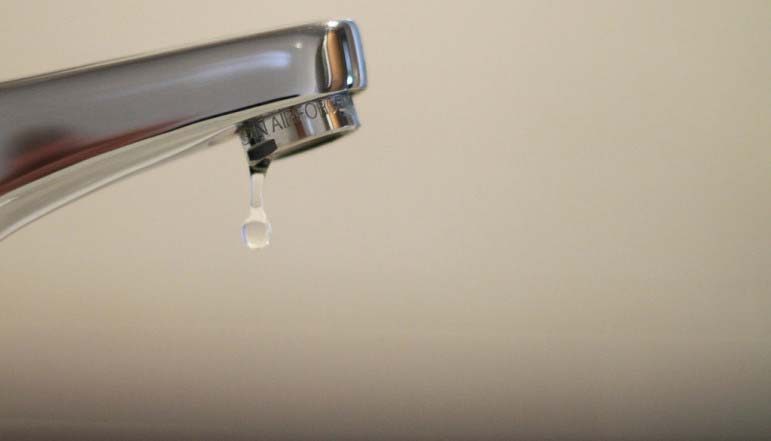
With reporting from Peter Kovessy
Qatar’s Emir has approved legislation that makes wasting water and electricity punishable by fines of up to QR20,000.
The new law, which got the Cabinet’s stamp of approval a year ago, comes just a few months after state utility provider Kahramaa increased tariffs for energy and water usage, apparently without notice.
Qatar is one of the world’s biggest consumers of water per capita – four times as much as many European countries, and 10 times more than many others.
Under its conservation program Tarsheed, Kahramaa has been urging residents to decrease their usage for years, but so far has seen little success.
If you leave the tap running, you'll waste 16 liters of water every minute. #Tarsheed pic.twitter.com/qklKB1dWqq
— ترشيد قطر (@TarsheedQatar) October 8, 2015
Penalties
It is already against the law in Qatar to keep external lights on between 7am and 4pm, and to use running water from a hose on gardens or to wash cars.
But the new legislation, which amends Law No. 26 of 2008, would double the maximum penalty that the current conservation law allows for violators.

Residents and owners of buildings who use drinking water to wash cars or equipment or clean courtyards can now be fined up to QR20,000 for the offense. It is also against the law to neglect damaged pipes that cause water leakage.
And those who leave their outside lights on during the day could be fined up to QR10,000. It is not illegal, however, for buildings to leave their lights on at night.
Previously, state utility provider Kahramaa could impose fines from QR1,000 to QR10,000 on violators. That penalty could be doubled if the violation was repeated within three years of the first penalty.
However, enforcement of the law remains a tricky issue.
Last year, the Kahramaa said that inspectors could not carry out their role properly because of legal issues – namely, they required a judge’s permission to enter people’s homes to check their usage.
New rate hikes
Speaking to Doha News today, a Kahramaa spokesperson confirmed that the utility provider has new tariffs.
A customer service representative said the new pricing plan was rolled out in August, noting that under the new scheme, rates go up as consumption increases.

For example, someone living in a residential flat must now pay QR.08/kwh for consuming up to 2,000 kwh. Once that limit is exceeded, the rate goes up to QR.09/kwh for the next 2,000 kwh, then QR.10/kwh and so on.
Similarly, customers are charged more for cubic meter of water if they exceed a certain threshold.
A full list of the price breakdowns can be found here.
According to the Gulf Times, this is Kahramaa’s first rate hike in more than 10 years.
A representative told the newspaper that the revised tariffs affect “all establishments, including residential units like apartments and villas, restaurants and hotels, commercial enterprises, industrial institutions, farms and government buildings.”
Conservation efforts
The new rates have caused consternation for many residents, many of whom said they were upset about not being given prior notice of the changes.
@dohanews I thought it was the summer heat pushing up my bills. My bills were unusually high. Looks like I got company!
— Ajmal Meethal (@AjmalMeethal) October 14, 2015
@dohanews 995 for 2 month . Never ever happened in the last 8 years ???
— إسكندراني (@fishermanalex) October 14, 2015
@dohanews Yeap.. Usually my bill use to be around 350.. But this month 650…. ?????
— Mohammed Siddique (@sidbawanyz) October 14, 2015
Kahramaa has not commented on the reason for the hike, but continues to stress the importance of conservation on its social media channels.
Qatar is one of the world’s largest consumers of water and electricity per capita, in large part because the government heavily subsidizes the cost of both.

As the country’s population continues to grow, local power and desalination plants sometimes struggle to meet the rising demand.
Last year, the amount of electricity generated in Qatar jumped 11.6 percent to 38,693 gigawatt hours (GWh), according to the most recent figures from Kahramaa. In rough terms, that’s nearly enough electricity to power 3.4 million homes for a year.
But in Qatar, electricity is also used to power large industrial operations as well as the desalination plants that provide the country’s drinking water.
Meanwhile, water production increased 6.5 percent in 2014 to 495 million cubic meters – enough to fill 198,000 Olympic-sized swimming pools.
Thoughts?







